Carbohydrates vs. Lipids: Energy Storage, Transport, and Metabolism
1/25
There's no tags or description
Looks like no tags are added yet.
Name | Mastery | Learn | Test | Matching | Spaced |
|---|
No study sessions yet.
26 Terms
What are the two main types of carbohydrates?
Simple sugars (mono/di saccharides) and complex carbohydrates (polysaccharides).
What is the primary function of simple sugars?
They can be processed immediately to make ATP and obtain energy.
What are good sources of simple sugars?
Most fruits and juices, baked goods, milk and low-fat dairy products, sodas, and junk food.
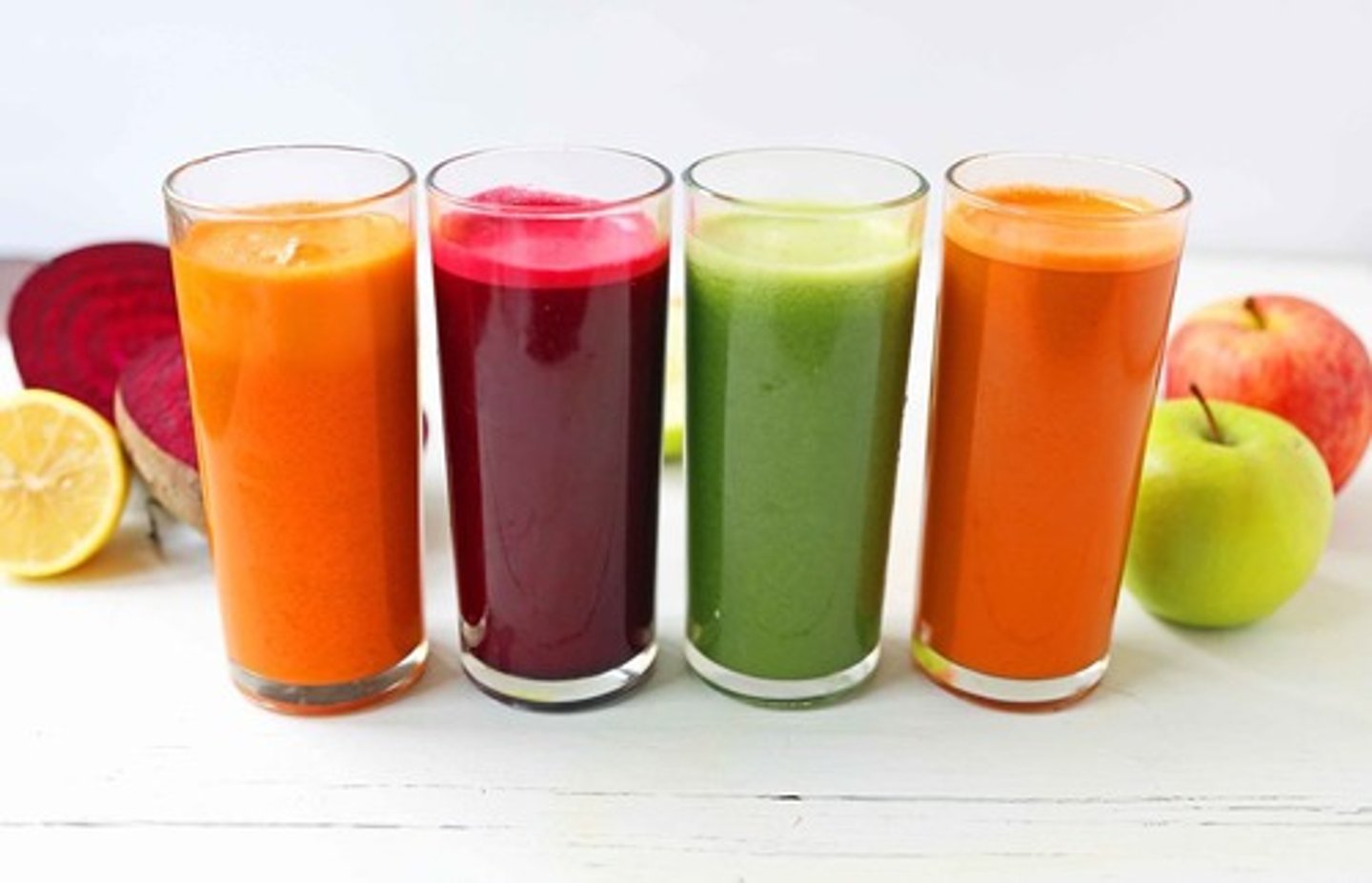
What role do complex carbohydrates play?
They are used for short-term energy storage, have a structural role, and make you feel fuller for longer.
What are good sources of complex carbohydrates?
Some fruits, rigid vegetables, leafy greens, potatoes, bread, and grain products.
What are lipids made of?
Glycerol and fatty acids.
What are the functions of lipids?
They serve as raw materials for cell membranes, precursors to steroids/hormones, insulation, and long-term energy storage.
What are good sources of lipids?
High-fat meat products, high-fat dairy products, fried foods, and plant oils.
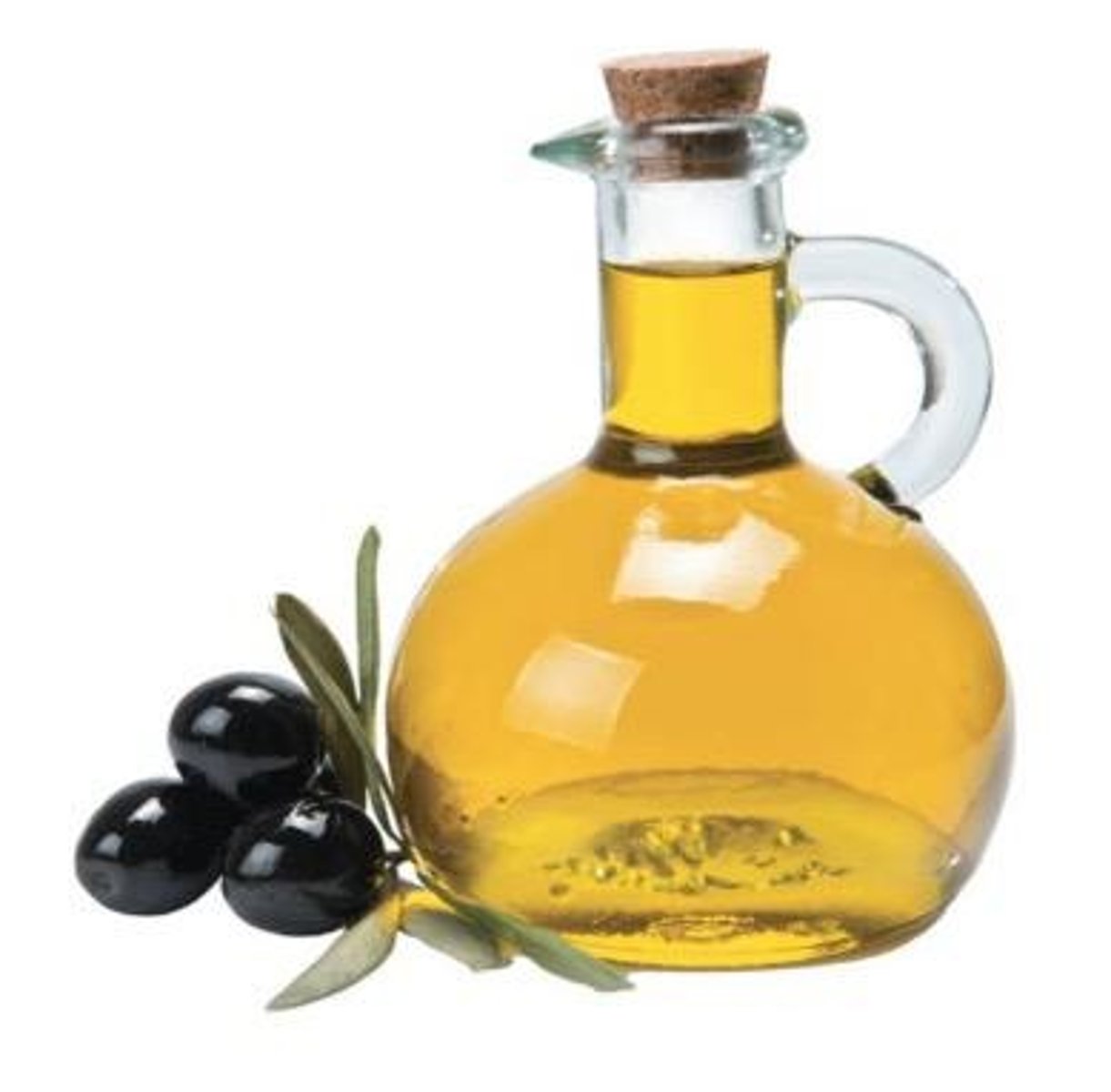
What distinguishes saturated fats from unsaturated fats?
Saturated fats are solid and less healthy; unsaturated fats are liquid and healthier.
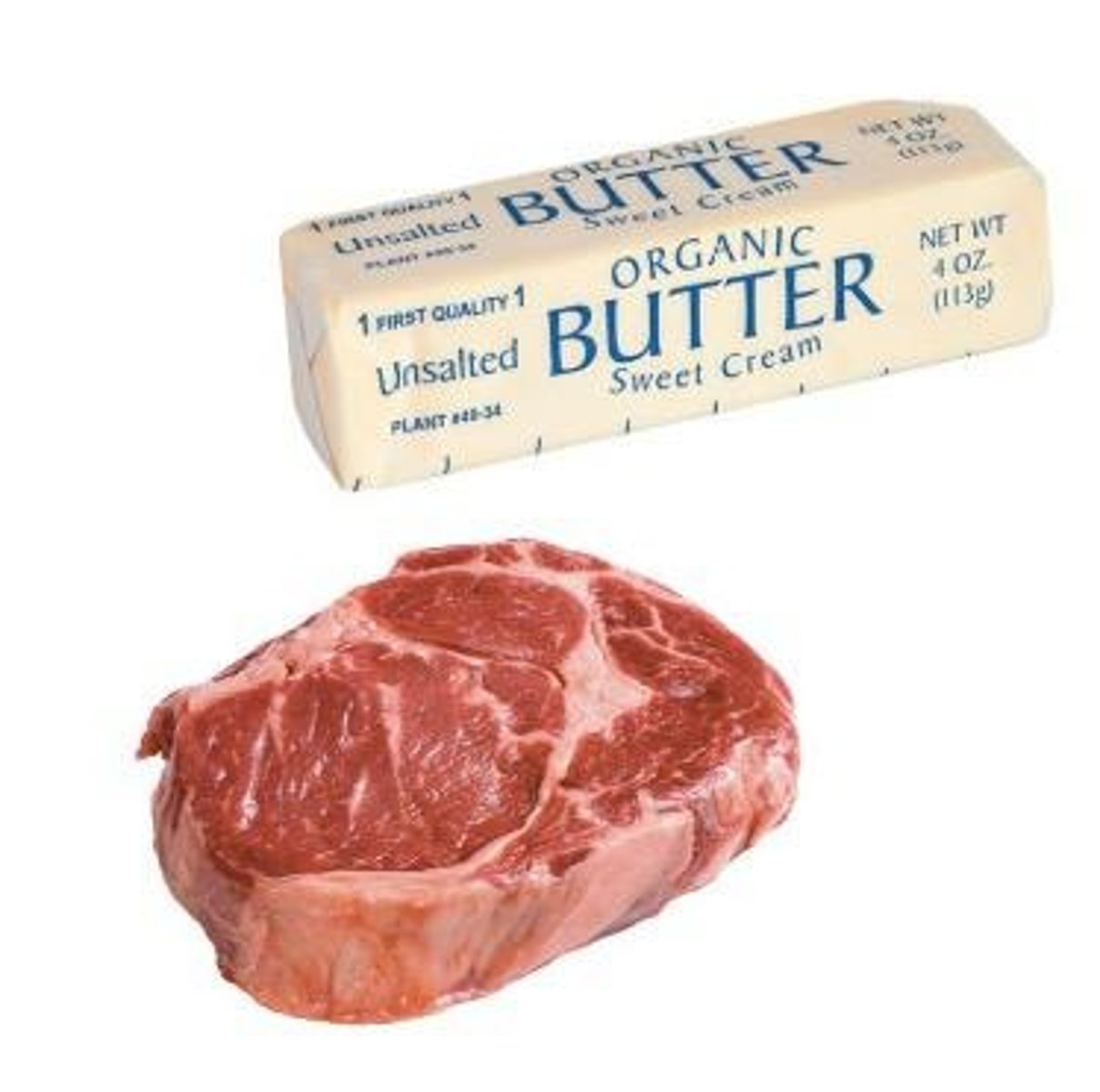
How do carbohydrates and lipids compare in energy storage?
Carbohydrates provide immediate energy and store energy short-term, while lipids contain more energy per molecule and store energy long-term.
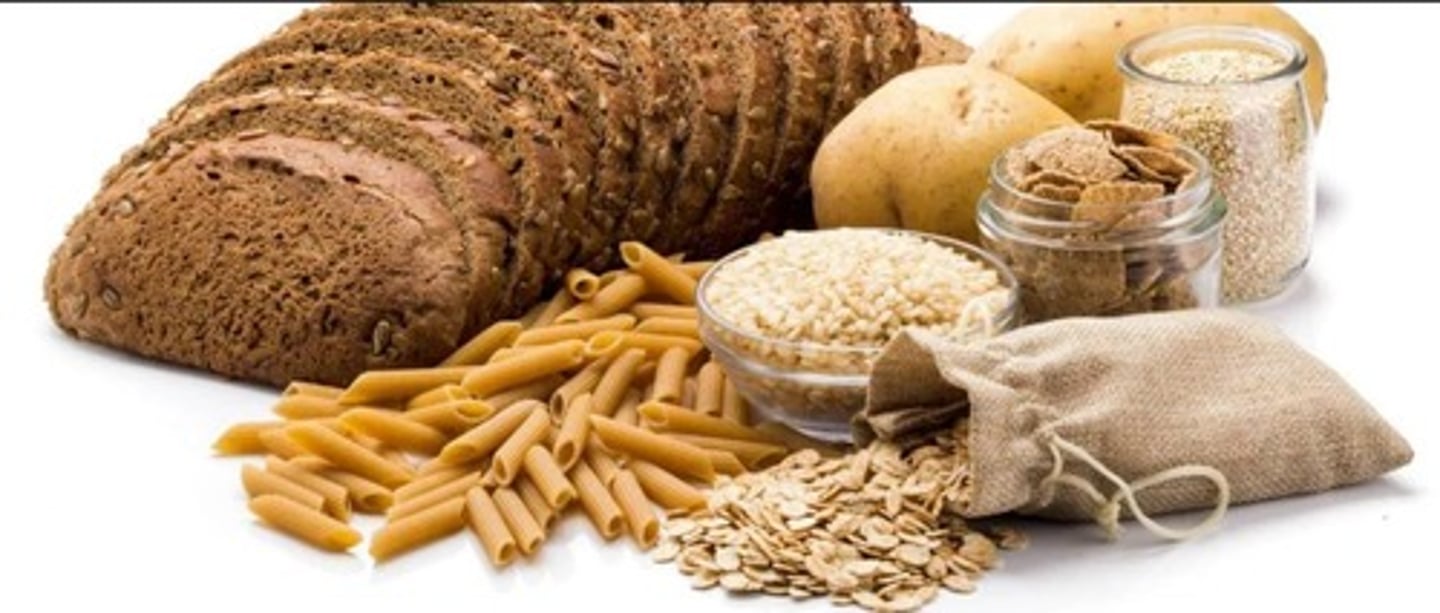
What happens to glucose in the blood?
It can be used to make ATP, stored short-term as glycogen, or stored long-term as fat.
What is the process of converting glucose into glycogen called?
Glycogenesis.
What triggers the conversion of glycogen back into glucose?
Glucagon is released when blood glucose levels dip too low.
What is the purpose of carbohydrate loading?
To maximize glycogen reserves before endurance events.
What are the steps involved in carbohydrate loading?
1. Tapering exercise and carb consumption for 6-8 days. 2. Increased carb consumption for 3-4 days.
How do simple carbohydrates affect blood glucose levels?
They cause blood glucose levels to increase and decrease faster than complex carbohydrates.
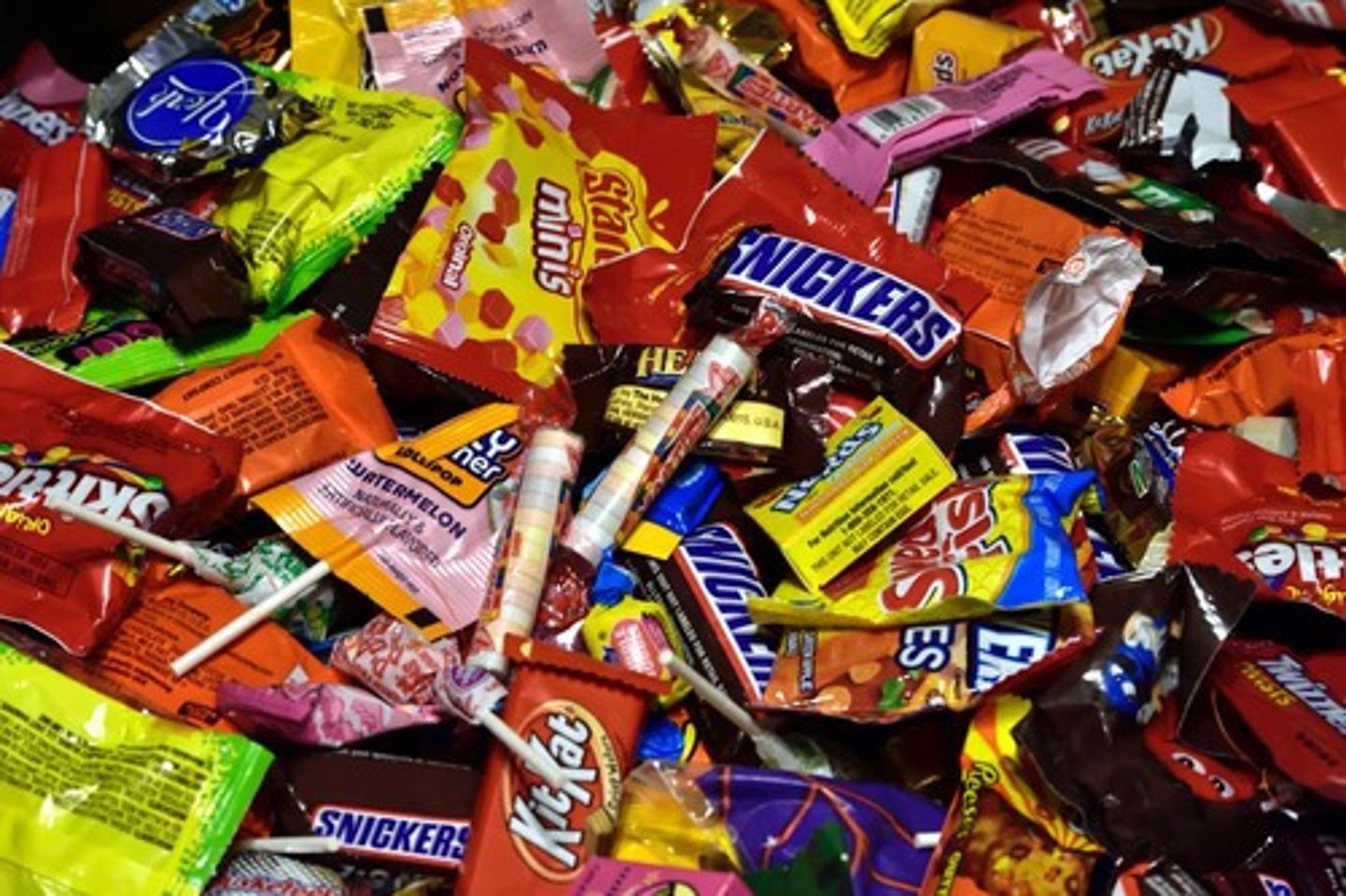
What is the difference in insulin response between simple and complex carbohydrates?
Simple carbs lead to a quick insulin response, while complex carbs result in a delayed insulin response.
What are lipoproteins?
Bubbles formed by amphiphilic phospholipids that transport fats in the body.
What is LDL cholesterol known as and what does it do?
LDL cholesterol is 'bad' cholesterol that transports fats and excess glucose to fat-storing cells.
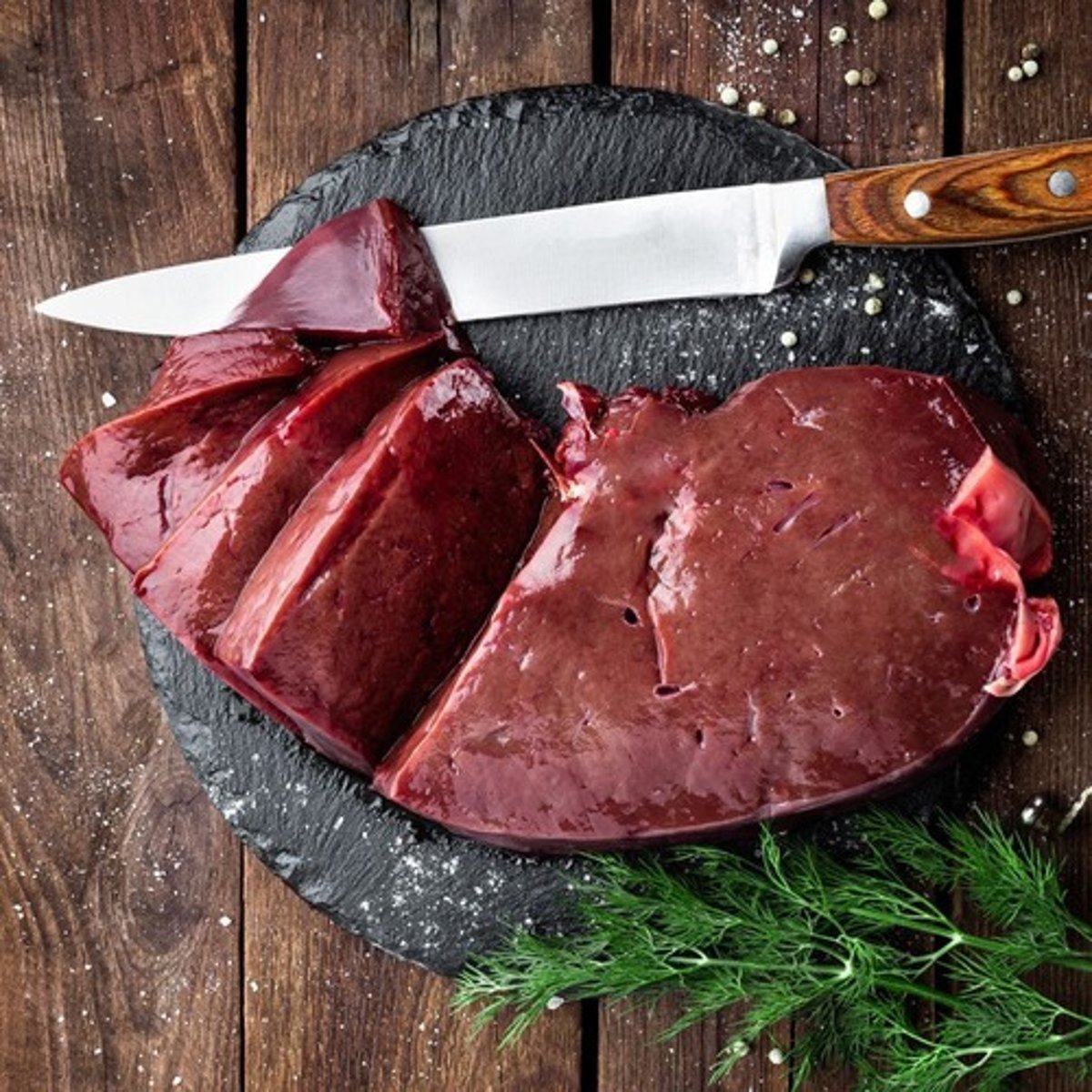
What is HDL cholesterol known as and what is its function?
HDL cholesterol is 'good' cholesterol that removes excess lipids from blood vessel walls and delivers them to the liver.
What happens to glycogen if it is not used in a timely manner?
It can be converted into triglycerides for long-term storage.
What is the relationship between carbohydrate consumption and fat creation?
Excessive carbohydrate consumption can lead to fat creation if glycogen reserves are full.
What is the significance of carbon-carbon bonds in lipids?
Energy is contained in carbon-carbon bonds, and lipids have more C-C bonds than carbohydrates.
What is the role of insulin in glucose metabolism?
Insulin helps convert glucose to glycogen and triggers lipogenesis (conversion to fats).
What happens to blood glucose levels after food consumption?
Blood glucose levels increase, triggering insulin release to restore homeostasis.
What is glycogenolysis?
The process of breaking down glycogen into glucose.